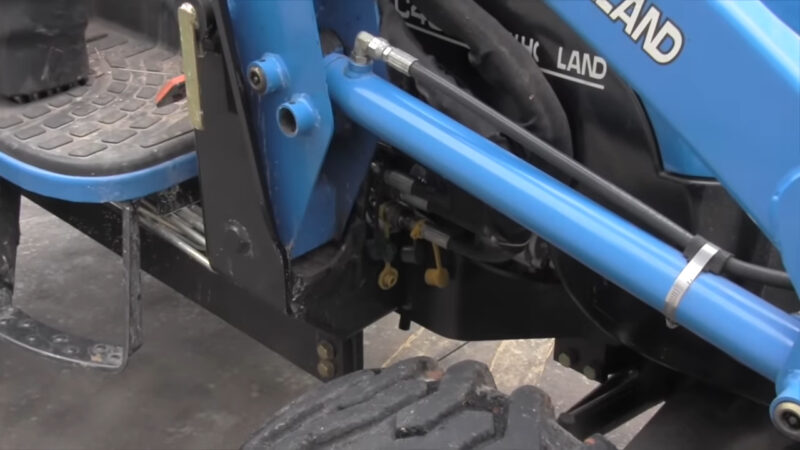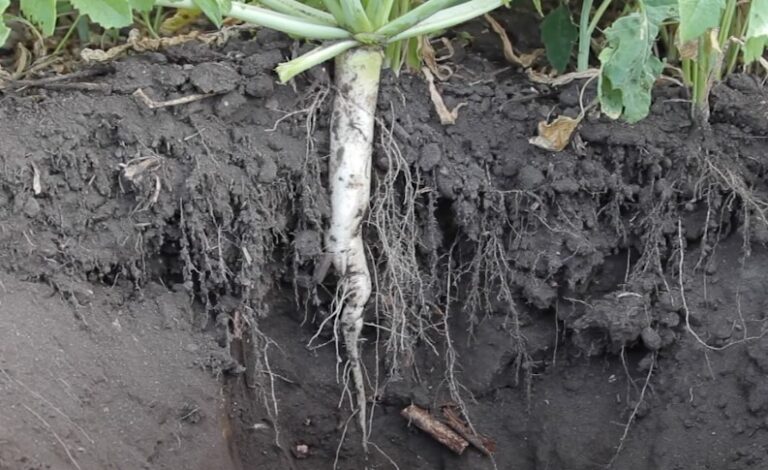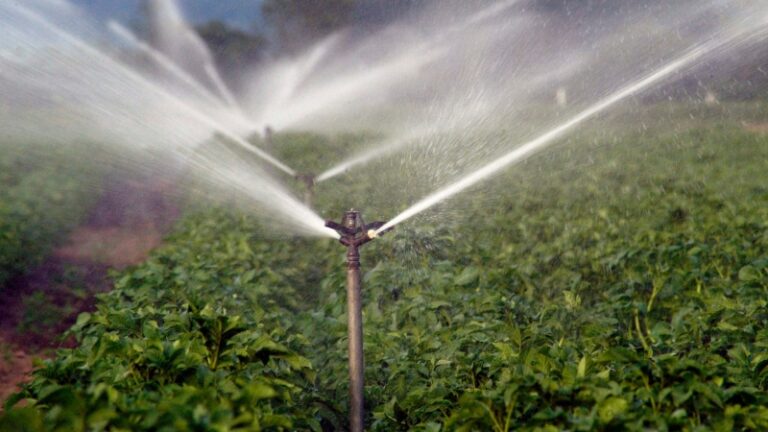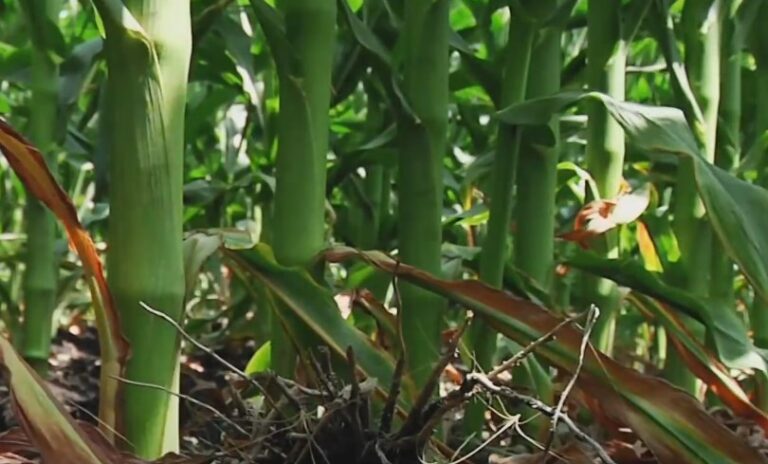Case IH Farmall tractors have long been a trusted name in farming equipment, celebrated for their versatility and dependability in handling a variety of agricultural tasks. However, no machinery is without its flaws.
Prospective buyers and current owners should be aware of the most frequently reported problems to maintain efficiency and make informed decisions.
By being fully aware of these challenges, users can better address potential issues, ensuring smooth operation and reducing downtime.
Problem #1: Electrical and DEF System Issues
Electrical problems and malfunctions in the Diesel Exhaust Fluid (DEF) system rank high among complaints regarding Case IH Farmall tractors.
Models such as the Puma and Maxxum series are particularly prone to wiring challenges, including short circuits, loose connections, and sensor failures.
DEF systems, designed to meet strict emissions regulations, frequently experience issues such as clogged injectors, faulty sensors, and software glitches.
- Costly repairs: Replacement of DEF components and rewiring are often expensive.
- Extended downtime: DEF system failures or electrical issues can leave tractors non-operational during peak farming periods.
- Challenging troubleshooting: Diagnostics for electronic and DEF-related malfunctions are often inaccurate or incomplete.
Farmers report that resolving these issues often requires specialized parts and trained technicians, both of which may be difficult to source, especially in rural areas.
Additionally, modern tractors’ reliance on complex electronic systems can make even minor problems escalate into larger repairs.
- Sensor malfunctions leading to error codes and engine derates.
- Wiring harness failures causing intermittent electrical faults.
- DEF injector blockages resulting in reduced efficiency and emissions compliance errors.
Problem #2: Hydrostatic Transmission Challenges
Hydrostatic transmission issues continue to be a significant challenge for many Case IH Farmall tractor owners, especially when operating under heavy workloads.
The hydrostatic system is designed to provide smooth and variable power delivery, but in practice, it often struggles under demanding conditions.
Farmers frequently report stalling or inefficiencies, particularly during tasks that place intense strain on the transmission, such as:
- Plowing
- Hauling
- Using box blades
Users have shared numerous accounts of hydrostatic transmissions slipping, failing to engage, or losing power entirely during operation. These malfunctions disrupt workflows and reduce the tractor’s overall utility.
Moreover, a struggling transmission can place undue stress on other components, leading to secondary mechanical problems that escalate repair costs.
- The transmission fails to maintain consistent power delivery during heavy-duty tasks.
- Operators experience a loss of traction or movement during critical operations.
- The system exhibits sluggishness when transitioning between speeds or directions.
The impact of these challenges extends beyond immediate interruptions. Continuous operation with an underperforming hydrostatic transmission can lead to:
- Increased wear on engine components due to overcompensation for transmission inefficiencies.
- Premature failure of associated parts, such as hydraulic pumps and control valves.
- Downtime during peak farming seasons, significantly affecting productivity.
To mitigate these issues, experts suggest the following proactive measures:
- Stay within the tractor’s recommended operational limits to prevent strain on the transmission.
- Low or contaminated fluid can impair the transmission’s performance.
- Look for signs of wear, such as slow response times, unusual noises, or visible leaks.
- Routine servicing by skilled technicians can identify and address minor issues before they escalate.
In cases where problems persist, consulting a professional familiar with Farmall hydrostatic systems is essential. Upgrading to higher-quality replacement parts or retrofitting older systems with more robust components can also enhance performance and longevity.
Problem #3: Hydraulic System Weaknesses

Hydraulic performance is a cornerstone of efficient tractor operation, yet numerous Case IH Farmall users face issues with sluggish and unreliable hydraulic systems. These are common among LS MT125 tractors.
These problems are particularly pronounced in models like the JX series, where hydraulic pump failures are frequently reported.
Such failures often necessitate costly replacements much sooner than expected, diminishing the utility of these tractors for essential tasks such as lifting, loading, and operating attachments that depend on consistent hydraulic pressure.
When the hydraulic system falters, operations can come to a standstill, causing delays that ripple across vital farming activities, including planting schedules and harvesting timelines.
- Leaking seals can lead to pressure loss, reducing the efficiency of the system.
- Blocked filters restrict fluid flow, increasing the risk of pump strain and failure.
- Aging or low-quality pumps struggle to maintain the required hydraulic pressure.
Such issues highlight the importance of regular maintenance to prevent catastrophic breakdowns. Owners emphasize the following best practices for maintaining hydraulic systems:
- Removing old or contaminated fluids helps preserve system efficiency and prevents buildup that could lead to malfunctions.
- Ensuring clean filters reduces strain on the pump and keeps fluid flowing smoothly.
- Early detection of wear and tear can prevent leaks and costly downtime.
For older models with recurring issues, upgrading to more durable hydraulic components offers a viable long-term solution.
Some farmers have found success by investing in aftermarket pumps and seals designed for heavy-duty usage, which outperform stock components in demanding scenarios.
Problem #4: Transmission and Synchronizer Failures
Transmission failures, particularly involving synchronizers, remain a common complaint among those who own Case IH Farmall Tractors.
- Broken shift rails
- Gear slippage
- Unreliable gear changes
Such issues can make the tractor inoperable during critical farming periods, resulting in costly repairs and prolonged downtime.
- Often caused by wear and tear or subpar materials in the transmission assembly.
- Leads to decreased performance and potential stalling during operation.
- Makes it difficult for operators to switch gears effectively, particularly under heavy loads.
Poorly functioning synchronizers not only disrupt immediate tasks but also accelerate wear across the entire transmission system.
Misaligned or damaged components grind together, creating a domino effect of mechanical issues.
Over time, this increases the likelihood of catastrophic transmission failure, requiring extensive and costly repairs.
Farmers often express frustration with the sudden nature of these problems.
Unlike other mechanical issues that may provide warning signs, transmission failures can occur unexpectedly, leaving operators stranded in the middle of their work.
Problem #5: Comfort and Build Quality Concerns
While functionality is critical for agricultural equipment, operator comfort and build quality significantly influence the overall satisfaction of Farmall tractor users.
Many farmers have voiced concerns about the ergonomics of newer models, which they claim lack the thoughtful design elements found in older American-built tractors.
Common complaints include hard seating, control layouts that are less intuitive, and a general feeling of reduced durability in the newer models.
- Hard or poorly cushioned seats contribute to back and leg strain during long hours of operation.
- Buttons, levers, and pedals are often positioned in ways that make extended use more challenging and less intuitive.
- Newer models are frequently criticized for using lighter materials, which are perceived as less robust than those in earlier designs.
These shortcomings have a tangible impact on operators, particularly during prolonged tasks. Long hours spent in cabins with insufficient ergonomic design lead to fatigue, reduced focus, and ultimately, a drop in productivity.
For farmers accustomed to the solid construction and operator-focused design of older Farmall tractors, this transition has been disappointing.
The Bottom Line
Case IH Farmall Tractors remain a popular choice among farmers, but potential issues like electrical malfunctions, transmission challenges, and comfort concerns should not be overlooked.
By thoroughly researching specific models, consulting experienced users and committing to routine maintenance, owners can address these challenges effectively.
Ensuring access to skilled technicians and quality parts further reduces the impact of these problems, keeping operations on track and tractors in excellent condition.
Related Posts:
- 7 Common Problems with Tym Tractor and Troubleshooting
- 5 Common Problems with LS MT125 Tractor and Their Solution
- Why Barley Is Considered One of the Most Sustainable Crops
- 3 Best Tractors for 50-Acre Farms in 2025 (With Prices)
- How Organic Food Can Prevent Common Oral Health Issues
- What Is a Bushel? Common Agricultural Terms Explained Simply








